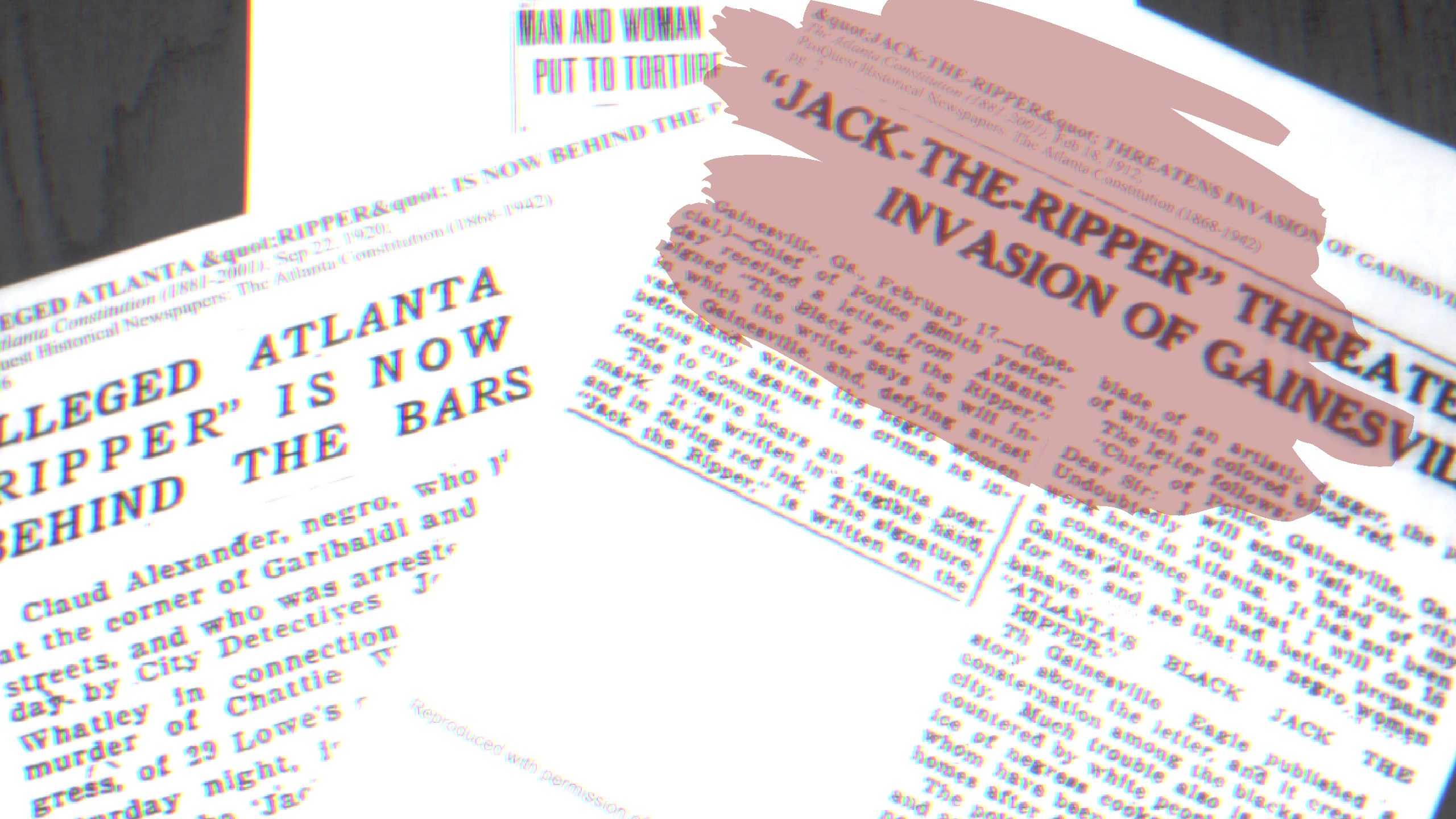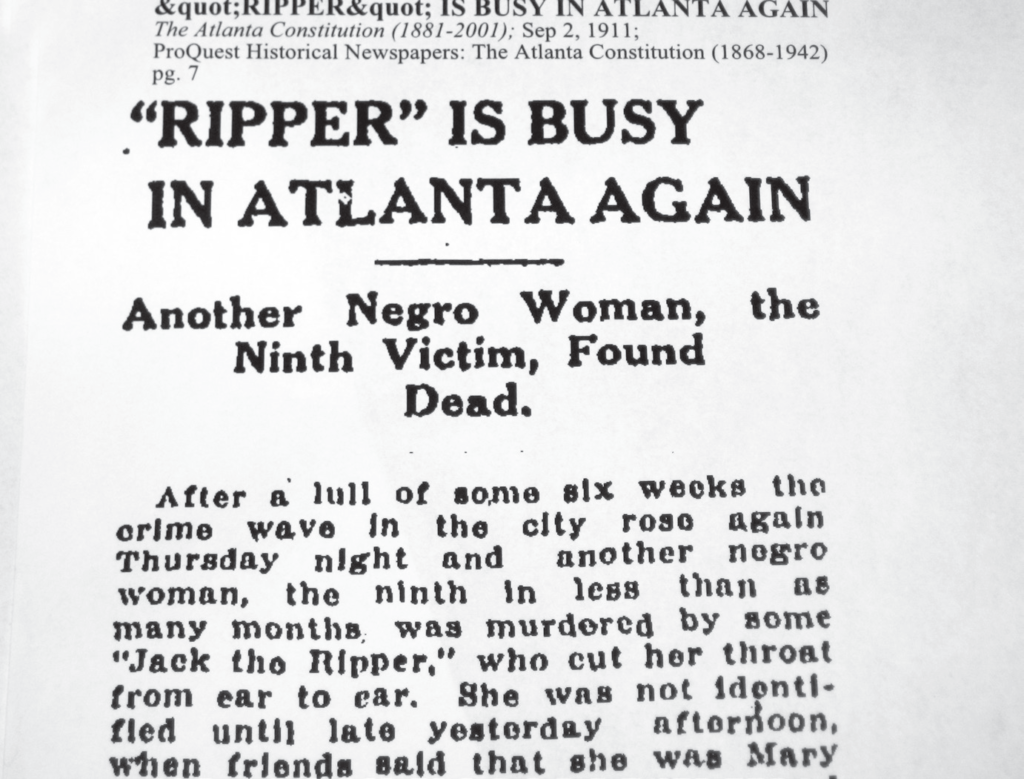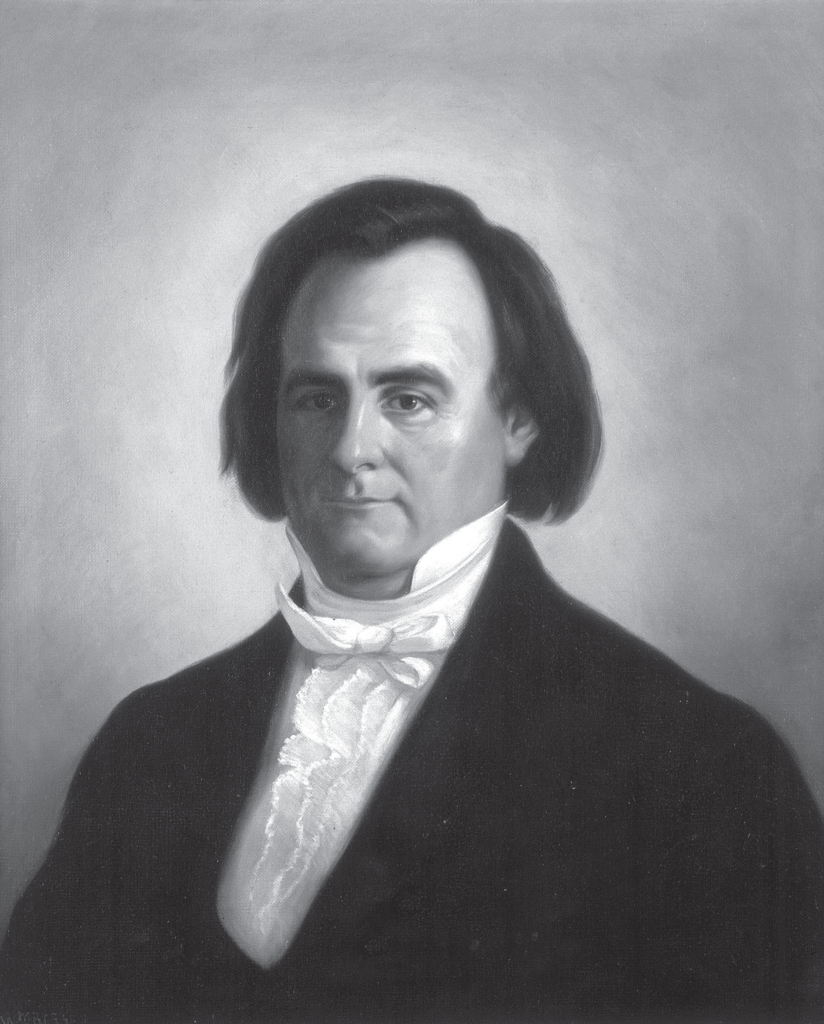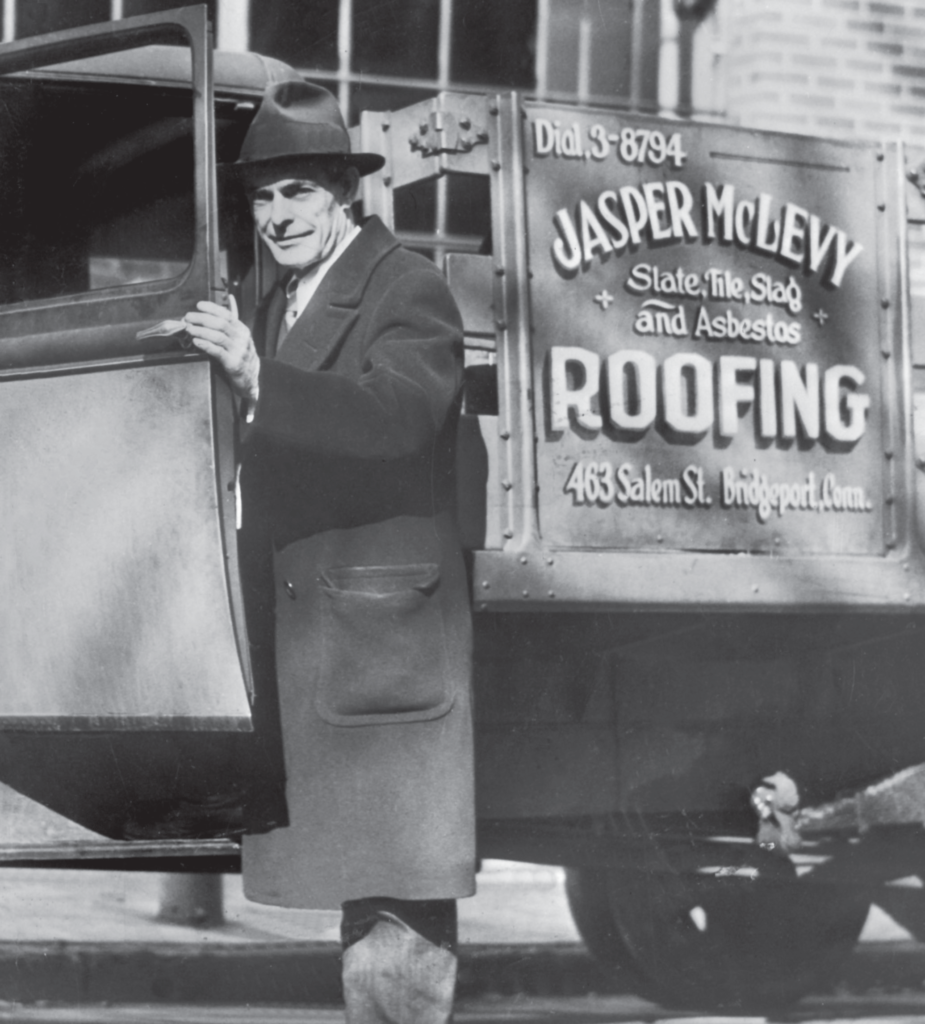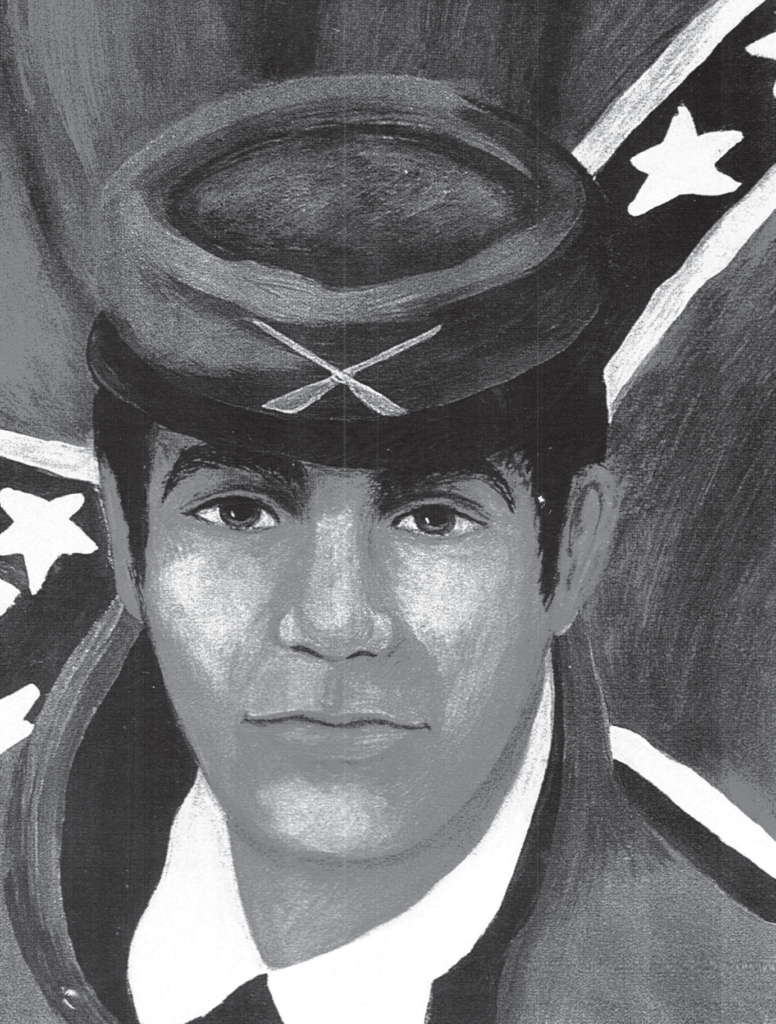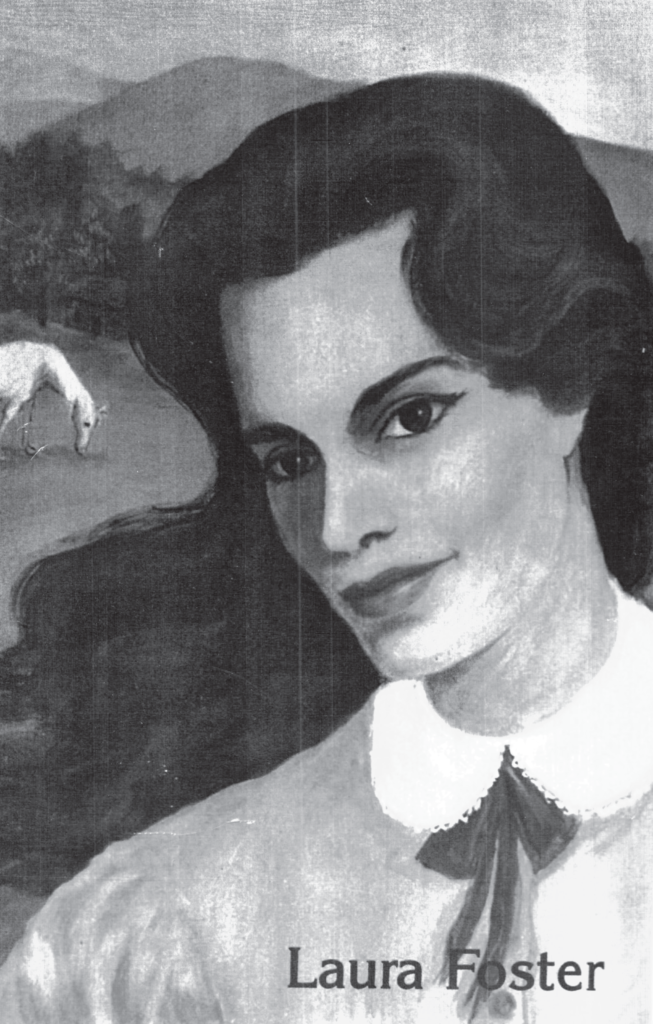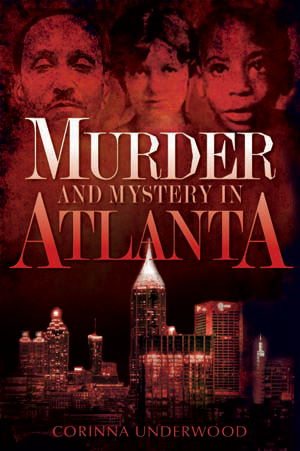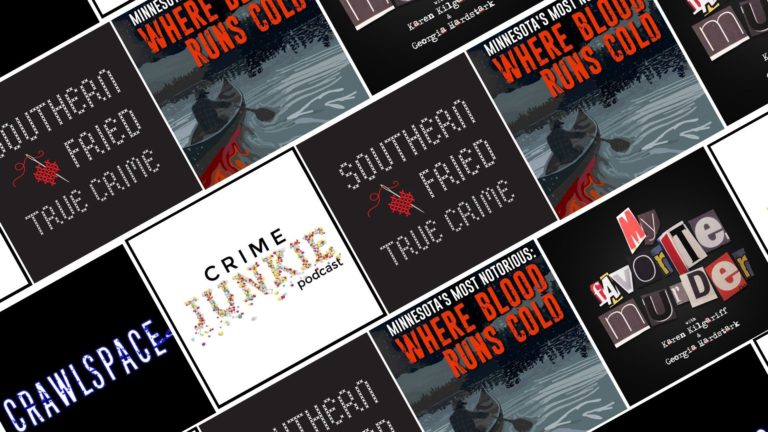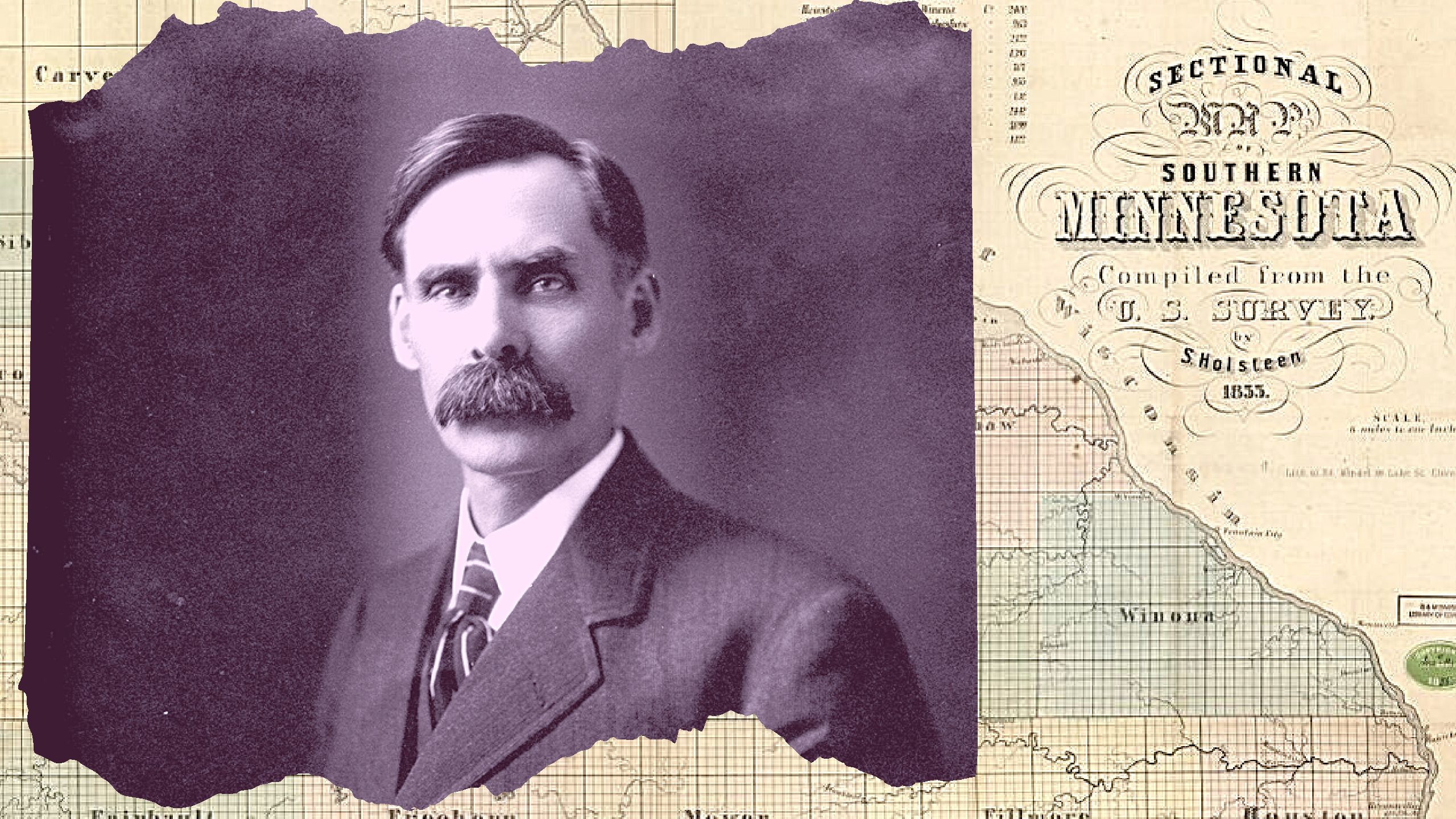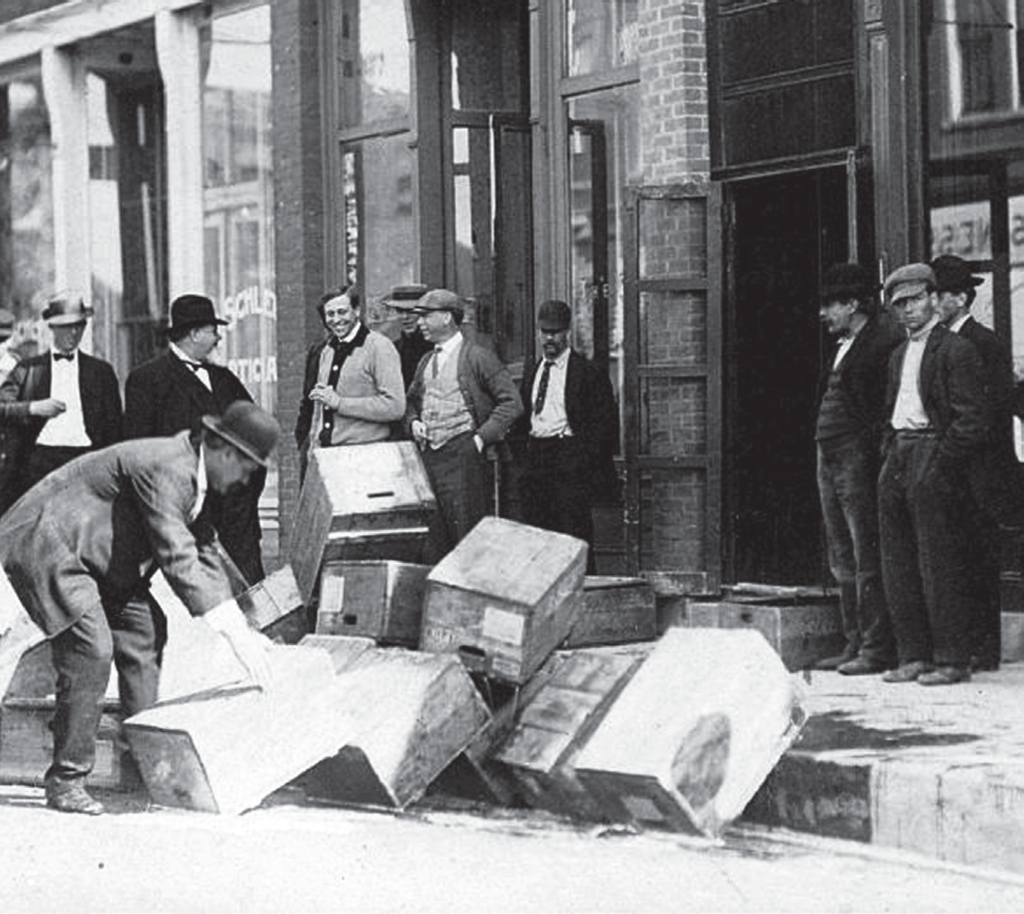Meet Dale H. Maple: native of California, top of his class, Harvard graduate. A precocious student with an IQ over 150. Fluent in twenty languages before the age of 25. And to top it all off, one of the most famous American Nazi sympathizers of all time.
And yet—despite his genius—still not smart enough to avoid being captured.
Though not often discussed today, the anti-war movement in World War II occupied a very real place in American history. The pacifist cause regularly led marches and protests, seeking to keep the United States out of another costly war. One step beyond the pacifists, however, was the pro-German cause, which placed Nazi fascist ‘order’ and ‘efficiency’ above a messy, but free, democracy. Enter Maple, whose story Paul N. Herbert tells in his book Treason in the Rockies: Nazi Sympathizer Dale Maple’s POW Escape Plot.

As a young man in the 1930s, exposed to German history and culture in school, Maple quickly began to espouse Nazi ideals, to the shock of his classmates and teachers. Despite his academic prowess, his defiant support of Hitler’s regime (he proudly placed a bust of the Führer on his desk) drove even his friends in the campus German clubs away. So brazen was Maple’s zeal that after graduating from Harvard, the next step he saw to support the Nazi cause was to join the US Army.
Yes, you read that right.
Maple’s twisted logic held that if he could prove his American patriotism by enlisting, he would be able not only to spread the word as a subversive, but that it would also put him in a better position to enter Germany and offer his ‘services’ to the regime. In other words, to spy, to sabotage, or simply to defect. His tendencies were hardly a secret; recruiters for the Army, aware of the risk he posed, placed him in a special unit—the 620th Engineer General Service Company—where they grouped dissidents and subversives, keeping them not just Stateside but far away from fighting units they could influence.
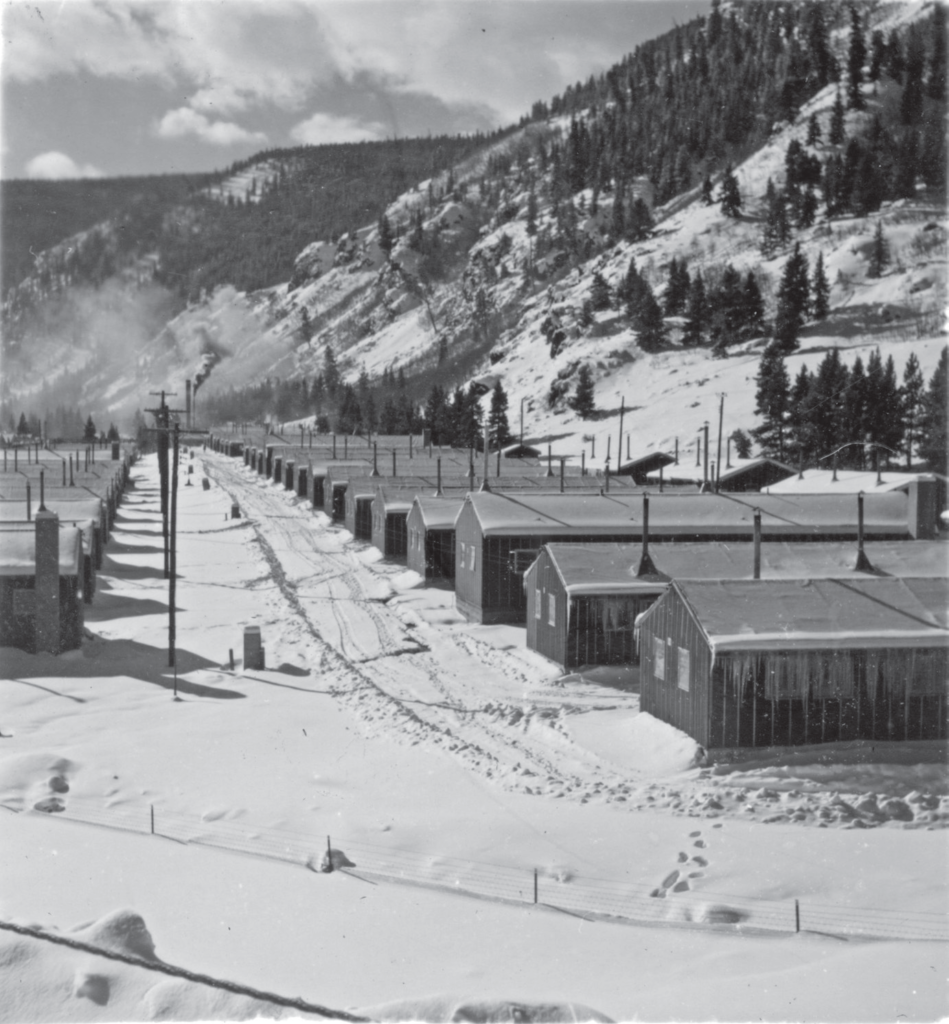
American soldiers, foreign prisoners and Women Army Corps members were stationed at Camp Hale. Courtesy of David Witte. 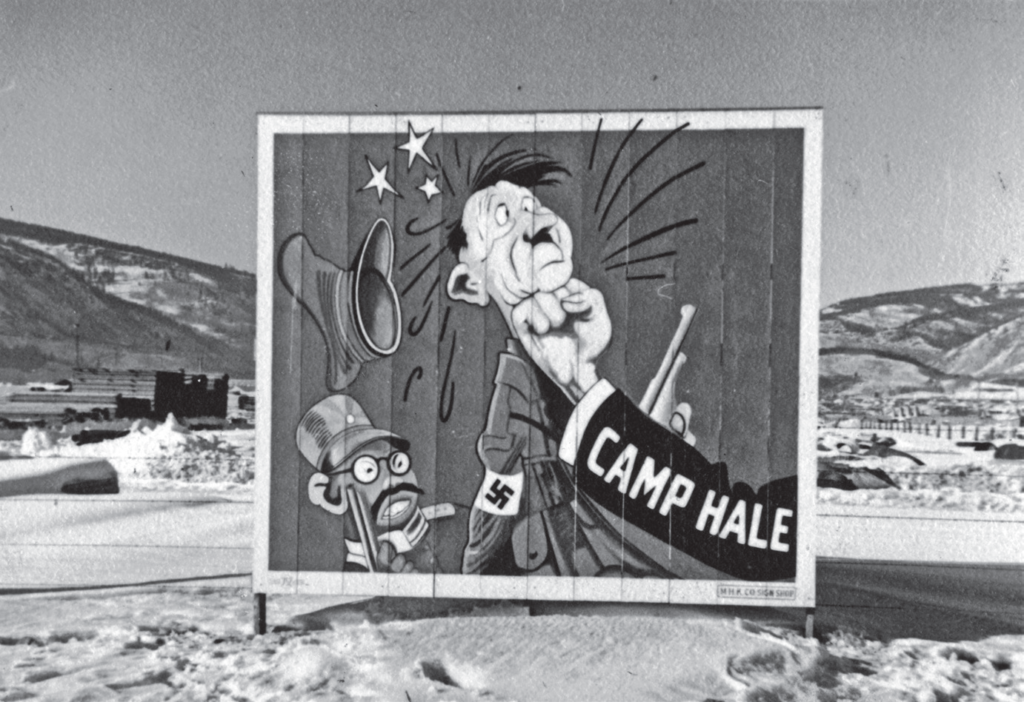
A sign as a weapon in World War II. Courtesy of the Tenth Mountain Division Resource Center, Denver Public Library.
Sent first to South Dakota and then to Colorado, the 620th ended up stationed nearby a prisoner-of-war camp, where lived thousands of German, Italian, and other soldiers taken from the European front. With the US soldiers able to travel on and off base, and the PWs frequently found in town, it was here that he met Erhard Schwichtenberg and Henrich Kikillus, two captured Germans from Erwin Rommel’s Afrika Korps. And so, in late 1943 and early 1944, the plan was hatched.
Their idea reads out of a spy thriller by John Le Carré: a getaway car, illegally procured. Prepacked rucksacks, courtesy of co-conspirators. Falsified movements on base. Disguises for the prisoners. A moonlit drive south to the Mexican border followed by a vehicle breakdown, an unwitting federal customs officer who steps in to help the stranded motorists. Border officials bribed for entry into Mexico, a safehouse waiting with an underground network of Nazis. Forged travel documents for the trip to Germany. Promises of honor and glory for the American who led his captured German ‘brothers’ to ‘freedom.’
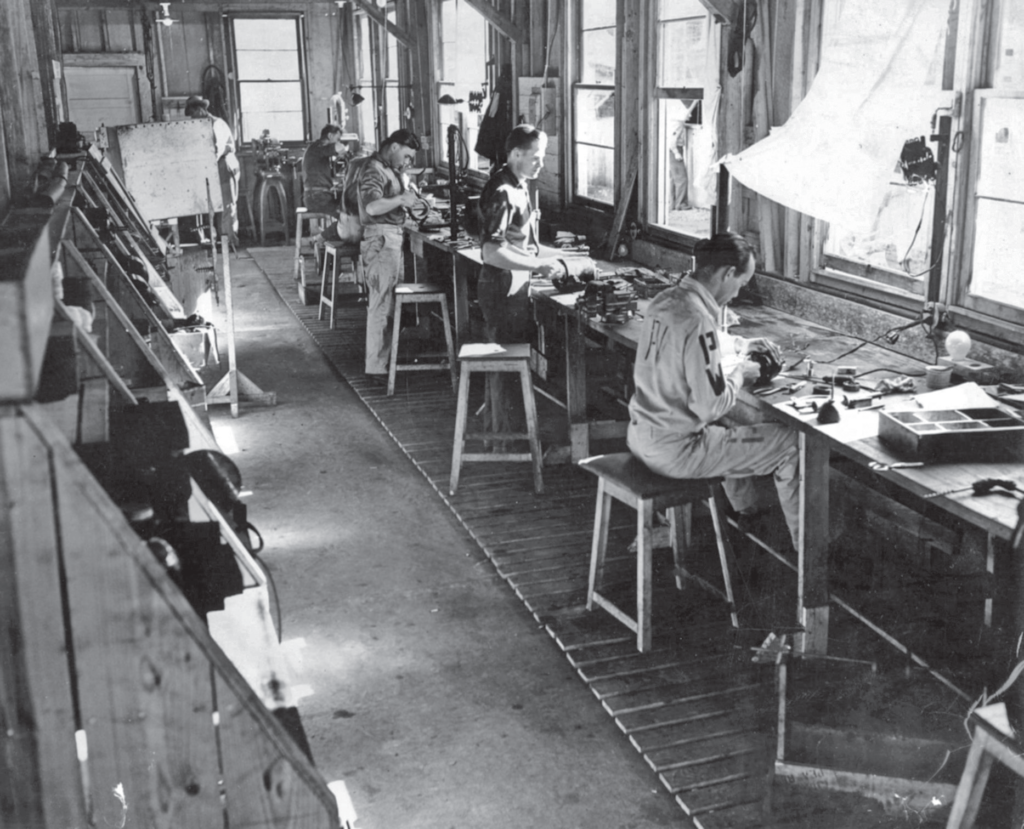
And yet unfortunately for Maple, when the car broke down in the third act, so did the rest of the plan. Having to make the final trek across the border on foot, the three escapees were caught by border officers only a couple miles into Mexico, and promptly returned to Army custody. Their false identities exposed, it wasn’t long before a court-martial followed, and a conviction on the grounds of Article 81—the ‘aiding and abetting the enemy’ clause of the War Crimes Act. If Maple was searching for distinction, he found it: thanks to his crimes he became one of the few Americans ever convicted of Article 81 during the war.
Why did he do it? It’s a fascinating question, one that Herbert investigates through a range of sources—testimony, court transcripts, military records, and more. To enter the mind of an American Nazi is no everyday task, which is why Treason in the Rockies is such an accomplishment.
BUY THE BOOK: Meet “Jellybean” Bryce, the fastest shot in the FBI
Finally, as part of our occasional series on great American lawmen and -women, we here at Crime Capsule owe a parting shout-out to FBI agent Delf “Jellybean” Bryce, who interrogated Maple upon his arrest. A career lawman and an old-school G-man of the old-schoolest sort, Jellybean was widely respected for having the fastest draw of anyone in the agency. Thanks to exceptional reflexes and a unique firing stance he developed, he could draw his weapon in two-fifths of a second; it’s said he could have easily outgunned anyone in the Wild West.
Which leads us to ask. Hey Maple, seriously? You’re gonna go up against this guy? We don’t care how many languages you speak—looks like you have the IQ of a fence post after all.
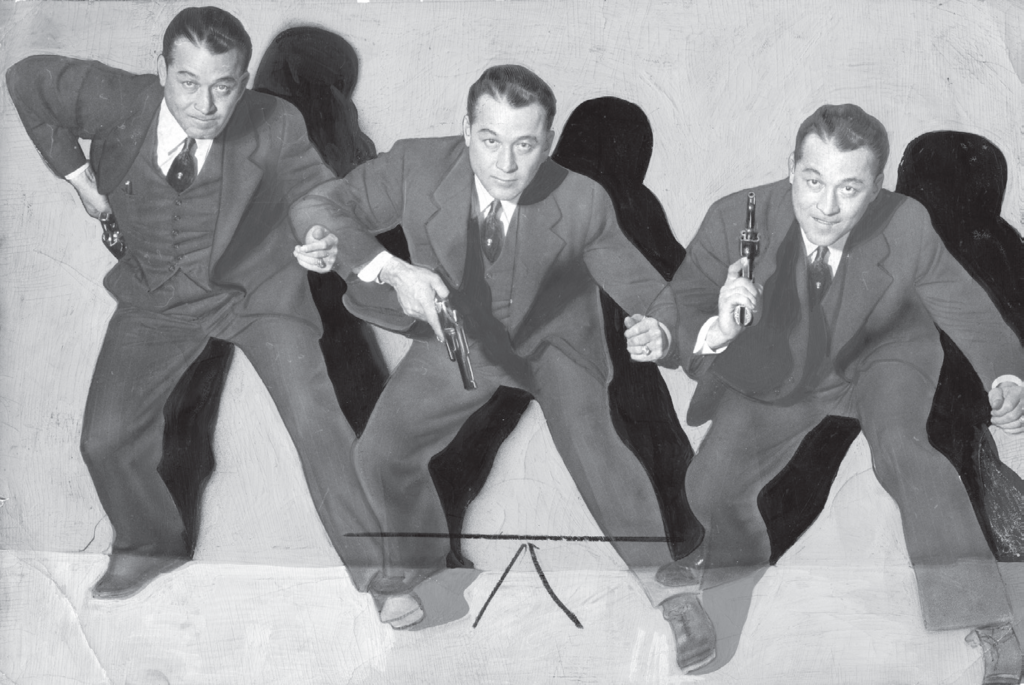
“Jelly demonstrating the shooting speed that made him a legendary lawman. Courtesy of the Oklahoma Publishing Company Collection at the Oklahoma Historical Society.”

Treason in the Rockies: Nazi Sympathizer Dale Maple’s POW Escape Plot
Harvard honor alumnus Dale Maple had a promising future, but his obsession with Nazi Germany led to his downfall. Classmates often accused him of pro-Nazi sentiments, and one campus organization even expelled him. After graduation, he enlisted in the U.S. Army, only to be relegated to a unit of soldiers suspected of harboring German sympathies.
Looking for more to read during quarantine? Check out our quaran-reads here. Finding us for the first time, and want to learn more about what we do? Visit our welcome page and sign up for the Crime Capsule email newsletter. See you behind bars!



